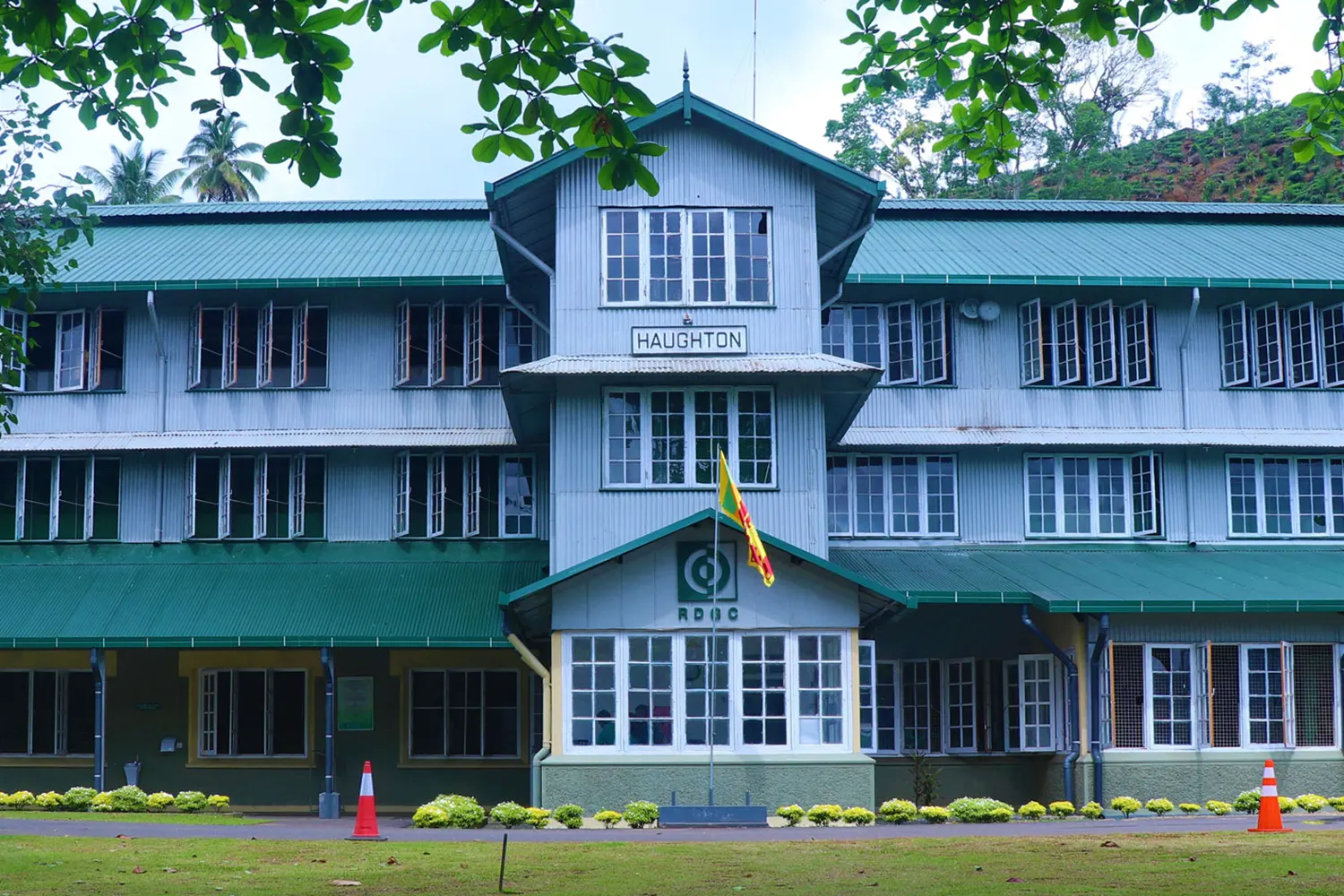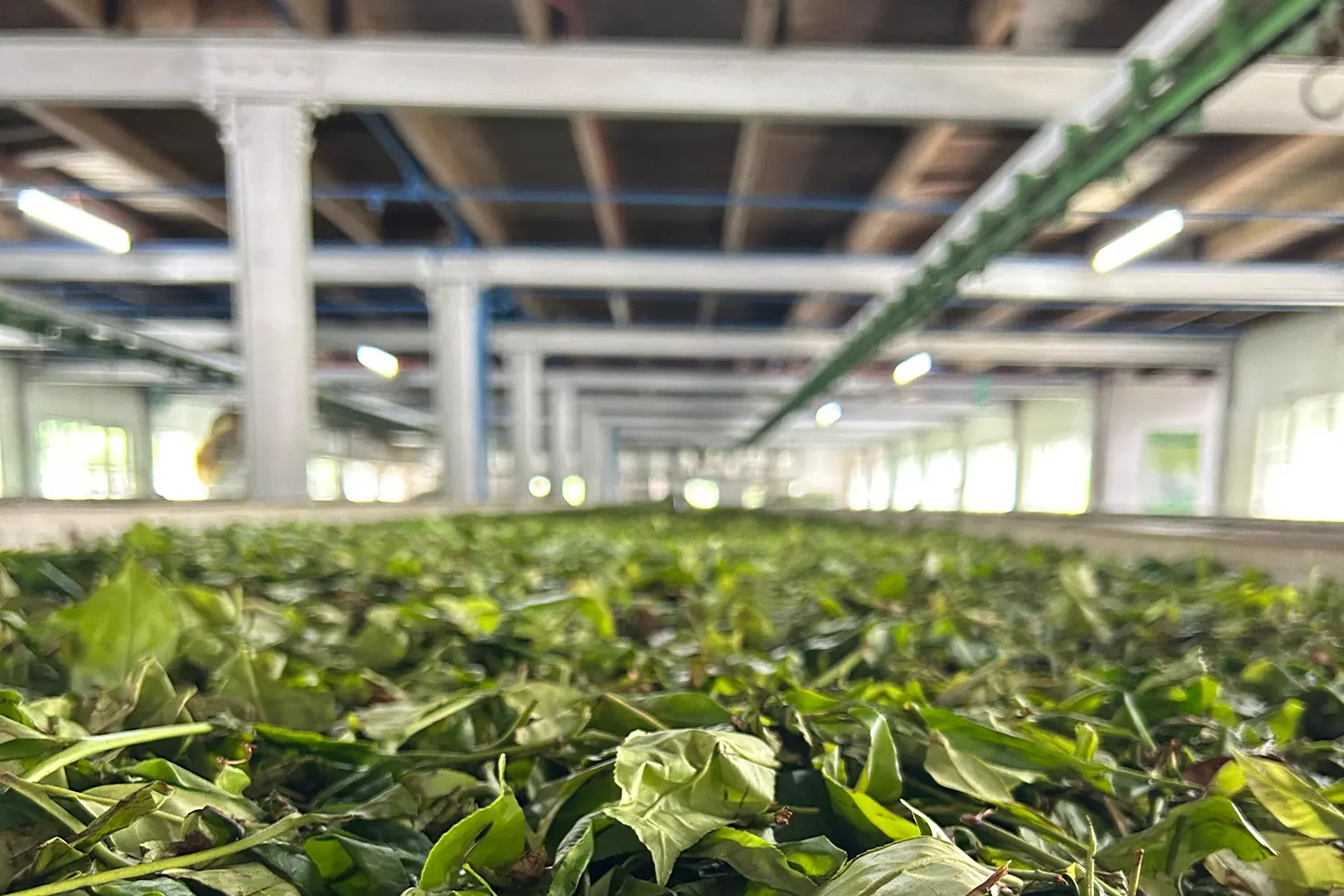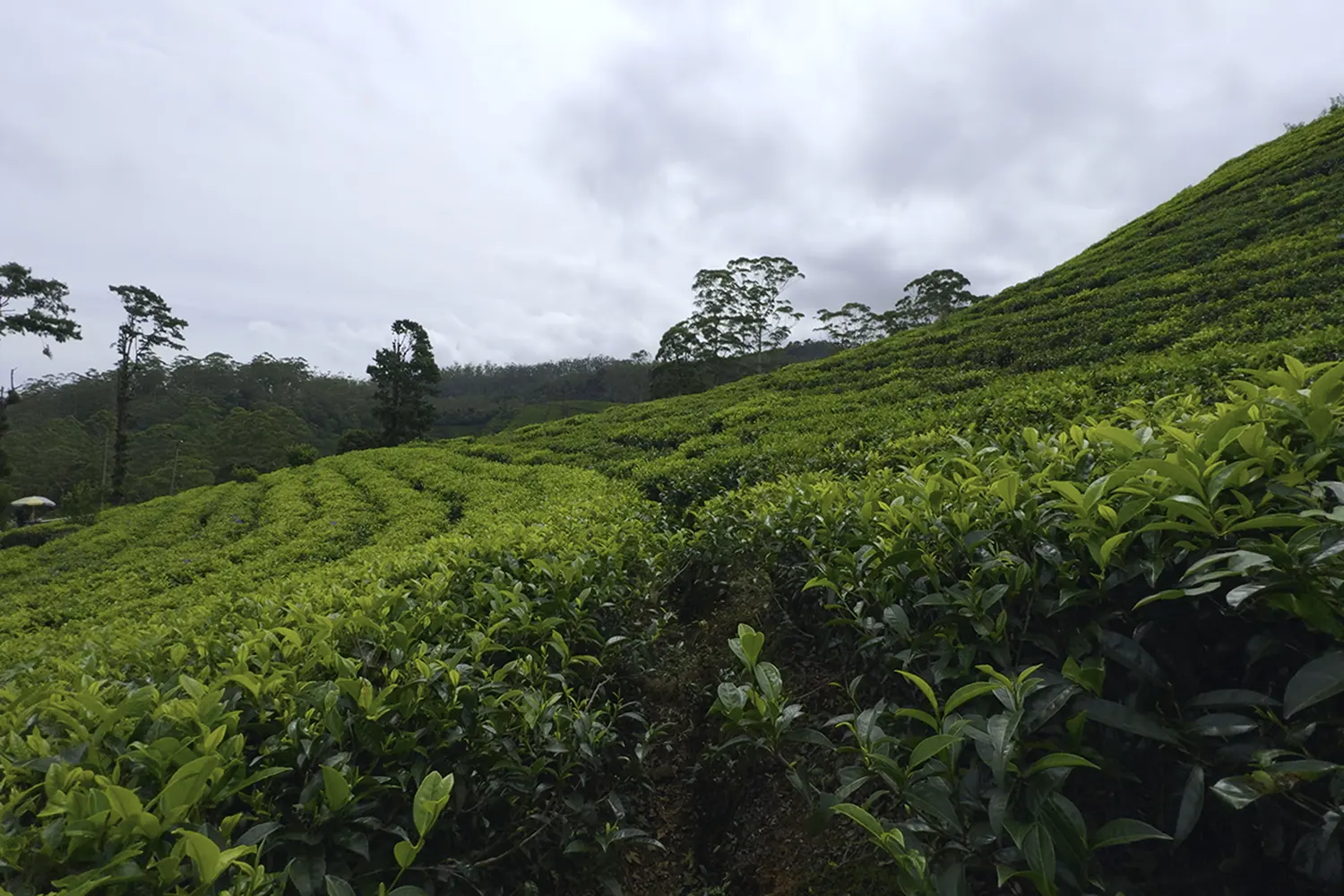History of Ceylon Tea



History of Ceylon Tea
The history of Ceylon Tea is a remarkable journey that intertwines with the economic and cultural fabric of Sri Lanka, once known as Ceylon. The tea industry has become a symbol of the island's identity, contributing significantly to its global recognition as a producer of some of the finest teas in the world.
The Birth of an Industry
The story of Ceylon Tea begins in the mid-19th century, during the British colonial period, when coffee plantations dominated the island’s agricultural landscape. However, in the 1860s, a devastating coffee blight destroyed much of the coffee crop, creating an urgent need for alternative crops. It was during this time that James Taylor, a Scottish planter, pioneered the cultivation of tea in Ceylon. Taylor is considered the father of Ceylon Tea, having established the first commercial tea plantation at Loolecondera Estate, Kandy, in 1867. The initial plot spanned just 19 acres, but it would soon spark a revolution in Sri Lankan agriculture.




Rapid Growth and Global Fame
The tea industry quickly expanded across the island, thanks to Ceylon's ideal climatic conditions, including its fertile soil, tropical climate, and varying elevations. By the end of the 19th century, tea plantations had spread across the central highlands, and the production of tea became a major economic force. British entrepreneurs and planters established large estates, transforming tea into a significant export product.
Ceylon’s tea industry earned a global reputation for producing high-quality tea, becoming one of the world’s largest tea exporters. The distinct flavors of Ceylon Tea vary based on the elevation and region where the tea is grown. Tea grown in low, mid, and high elevations each possesses unique characteristics, making Sri Lankan tea highly versatile and appreciated for its diversity.
Ceylon Tea and the Global Market
Throughout the 20th century, Ceylon Tea continued to gain prominence in global markets, reaching a peak as the largest tea exporter in the world. Today, Sri Lanka remains one of the leading producers of tea, and Ceylon Tea is synonymous with quality. Sri Lanka exports millions of kilograms of tea annually, supplying the world with diverse varieties such as black tea, green tea, and flavored teas like Earl Grey, cinnamon, and jasmine.




Haughton Teas and Its Legacy
Among the many tea estates that contribute to Sri Lanka’s tea heritage, Haughton Teas stands as a significant player. The history of Haughton Teas dates back to the colonial period when pioneering tea estates like Haughton Estate, located in Kalawana, were established. The estate, with over 250 acres of lush tea plantations, produces high-quality tea that benefits from its proximity to the Sinharaja Rain Forest, a UNESCO World Heritage site. This unique location, with its rich soil and perfect climatic conditions, allows Haughton Teas to offer distinctive flavors that have earned it a reputation for excellence.
Haughton Teas, now under the ownership of Ruhunu Development Contractors & Engineers (Pvt) Ltd (RDCE), continues the tradition of producing premium Ceylon Tea. The company has modernized operations while staying true to the values and craftsmanship that have made Ceylon Tea world-renowned.
A Cultural and Economic Cornerstone
Ceylon Tea is not only a product of Sri Lanka’s fertile lands but also a symbol of its people’s resilience and innovation. The industry provides employment to millions of people across the island, from tea pluckers in the highlands to workers in factories and exporters in urban centers. Over time, tea has become intertwined with Sri Lankan culture, with tea drinking becoming a national pastime, embodying hospitality and warmth.
Today, the iconic lion logo on Ceylon Tea packages guarantees that consumers worldwide are enjoying authentic, high-quality Sri Lankan tea. Whether sipped as a morning breakfast tea, a refreshing green tea, or an aromatic chai, Ceylon Tea’s legacy continues to thrive, offering a piece of Sri Lanka’s rich history with every cup.


